Davis joins list California cities pushing to make PG&E a customer-owned utility
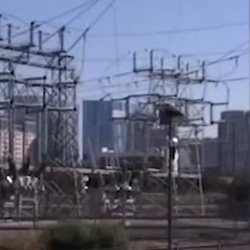
Davis joins list California cities pushing to make PG&E a customer-owned utility Outlet Full Name: ABC 10 News Date: 12/17/2019 Following a vote Tuesday night at the Davis City Council meeting, the city joined at least 21 others in pushing for the state’s largest utility to become publicly owned.
UC Davis recognized as top university in U.S., third in world in GreenMetric rankings
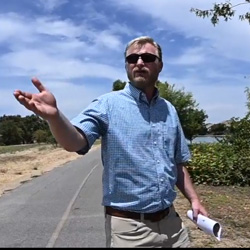
UC Davis recognized as top university in U.S., third in world in GreenMetric rankings Outlet Full Name: Sacramento Bee News Date: 12/17/2019 The University of California in Davis has been ranked No. 1 in the United States in the 10th annual GreenMetric rankings of worldwide universities conducted by Universitas Indonesia.
Carbon Dioxide: The Invisible Indoor Air Pollutant in California’s Classrooms
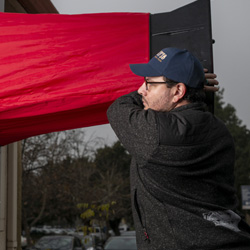
Carbon Dioxide: The Invisible Indoor Air Pollutant in California’s Classrooms Outlet Full Name: NBC Bay Area News Date: 12/21/2019 Researchers from the Lawrence Berkeley National Lab and UC Davis recently released a study looking at ventilation in California schools – several right here in the Bay Area.
California now has 1 million solar roofs. Are 1 million batteries next?
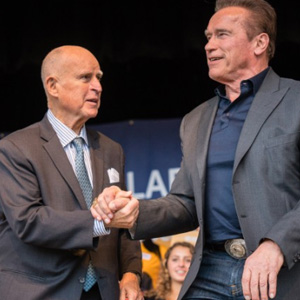
California now has 1 million solar roofs. Are 1 million batteries next? Outlet Full Name: Los Angeles Times News Date: 12/12/2019 Former Gov. Arnold Schwarzenegger greets his successor, former Gov. Jerry Brown, at an event at Buchanan High School in the Central Valley to celebrate California reaching its goal of 1 million solar roofs installed […]
Recycling: Turning Trash into Energy

Recycling: Turning Trash into Energy Outlet Full Name: Comstock’s Magazine News Date: 12/05/2019 Gasification is not new. Bryan Jenkins, a professor in UC Davis’ Biological and Agricultural Engineering department, notes that…
Ventilation issues persist in classrooms
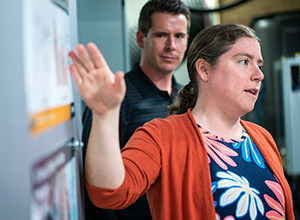
Ventilation issues persist in classrooms Outlet Full Name: Davis Enterprise News Date: 12/01/2019 UC Davis researcher Theresa Pistochini estimates that roughly 85 percent of classrooms at K-12 schools in California with relatively new HVAC systems are not meeting state standards for indoor air quality…
Burned Out: One of the country’s largest utilities is a fiery mess. How can California fix it?

Burned Out: One of the country’s largest utilities is a fiery mess. How can California fix it? Outlet Full Name: Grist News Date: 11/21/2019 For the last 150 years, Pacific Gas & Electric has been playing political hardball to maintain its monopoly over California’s electricity…now infamous for its connection to wildfires and power outages…
California solar debate: Sacramento utility pitches alternative to rooftop mandate

California solar debate: Sacramento utility pitches alternative to rooftop mandate Outlet Full Name: San Francisco Chronicle News Date: 11/12/2019 Economics professor and co-director of the Davis Energy Economics Program at UC Davis, said the rooftop solar mandate is “taking the…
How California schools’ HVAC systems are ‘silently undermining’ your child’s chance at success

How California schools’ HVAC systems are ‘silently undermining’ your child’s chance at success Outlet Full Name: Sacramento Bee News Date: 11/06/2019 News Text: According to a study released this week by researchers at the University of California, Davis. “Even in … classrooms with…
Ventilation Issues Found In Majority Of California Classrooms With New HVAC Systems

Ventilation Issues Found In Majority Of California Classrooms With New HVAC Systems Outlet Full Name: CBS Sacramento News Date: 11/05/2019 News Text: K-12 schools do not provide adequate ventilation, according to research done at UC Davis and the Berkeley Lab, and it is up to schools,…

